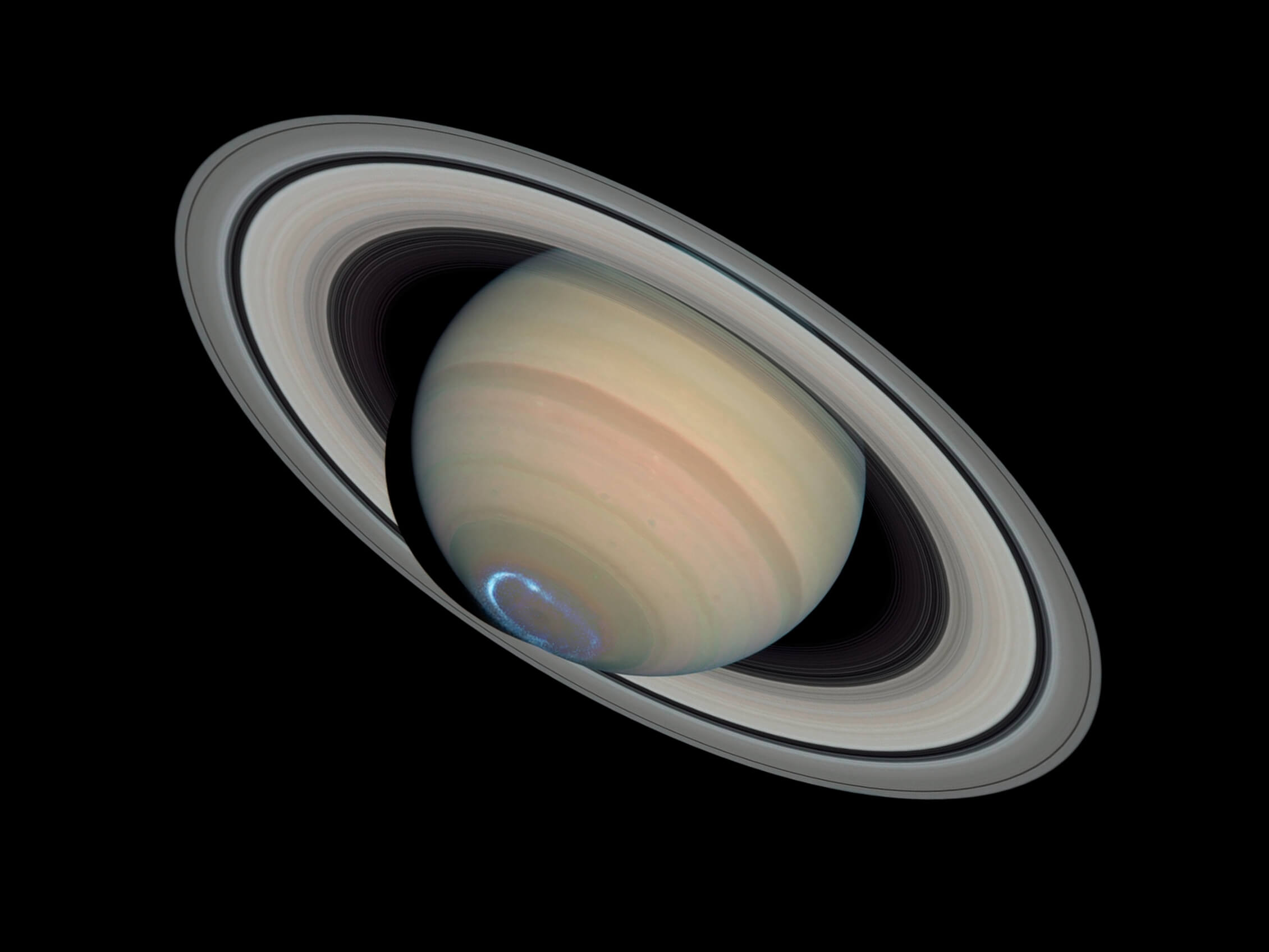Scientists announce 62 new moons of Saturn
- May 17, 2023
- 0
The result of the work of an international group of astronomers was the announcement of 62 new moons of Saturn, which brought Saturn back to first place in
The result of the work of an international group of astronomers was the announcement of 62 new moons of Saturn, which brought Saturn back to first place in

The result of the work of an international group of astronomers was the announcement of 62 new moons of Saturn, which brought Saturn back to first place in the “lunar race” around the giant planets of our solar system.
The group is led by Edward Ashton (currently a PhD student at Academia Sinica Institute for Astronomy and Astrophysics, Taiwan) and includes Professor Brett Gladman (British Columbia University, Department of Physics and Astronomy), Mike Alexandersen (Harvard Smithsonian Center for Astrophysics). ), Jean-Marc Petit (Besancon Observatory), and Matthew Baudouin (British Columbia University).
Over the past two decades, Saturn’s surroundings have been repeatedly searched for moons with increased sensitivity. In this latest study, Dr. Ashton’s team used a technique known as “pan and stack” to find the fainter (and therefore smaller) moons of Saturn. This method was used to find moons around Neptune and Uranus, but never for Saturn.
Shifting the set of successive images at the rate the Moon moves across the sky results in a stronger lunar signal when all the data is combined, allowing moons that are too faint to be seen in individual images to become visible in the “composite”. “. The team used data obtained by the Canada-France-Hawaii Telescope (CFHT) at the Mauna Kea summit in Hawaii between 2019 and 2021. By shifting and superimposing several consecutive images taken over a 3-hour period, they detected the following moons of Saturn. They were able to measure up to about 2.5 kilometers in diameter.
The first discovery was made in 2019, while Ashton and Beaudoin were students at the University of British Columbia, exploring the moons during an extensive search of deep CFHT images obtained that year. But just finding an object in the sky close to Saturn isn’t enough to be sure it’s a moon; In principle, an asteroid could accidentally pass near the planet (although this is highly unlikely).
To be absolutely certain, the object needs to be monitored for several years before it can be determined that it does indeed orbit the planet. After carefully comparing objects detected on different nights over two years, the team was able to track 63 objects, thus confirming that they were new moons. One of the new moons, called S/2019 S 1, was announced in 2021 and the rest were announced in the last few weeks. Some of the team’s respective orbits were determined by past observations made many years ago, which briefly detected some of these moons (but were not tracked long enough to form their orbits around Saturn).
“Tracking these satellites makes me think of the children’s game Dot-to-Dot, because we need to correlate the different types of these satellites in our data with a valid orbit,” explains Edward Ashton, “but there are about 100 different games on the platform on the same page and You don’t know which dot belongs to which puzzle.”
All new moons belong to a class of irregular moons that were originally thought to have been captured by the host planet long ago. Irregular satellites are characterized by large, elliptical and inclined orbits compared to normal satellites. The number of known irregular moons of Saturn has more than doubled from 58 known before the search began, to 121.
Including 24 conventional satellites, there are currently 145 recognized satellites (by the International Astronomical Union) orbiting Saturn. The new discoveries marked many milestones for the ringed planet. Not only has Saturn regained its crown for most of the known moons (overtaking Jupiter with 95 recognized moons), it also became the first planet to have more than 100 moons discovered in total.
Irregular satellites tend to be grouped together in orbital groups based on the inclination of their orbits. In the Saturn system, there are 3 such groups whose names come from different mythologies: the Eskimos group, the Gauls group, and the much more numerous Scandinavian group. For example, three new discoveries belonging to the Inuit group: S/2019 S 1, S/2020 S 1 and S/2005 S 4 have very small orbits with inclinations similar to those of the previously known large irregular Kiwiuk and Ijirak. All new moons belong to one of the three known groups, and the Norwegian group is again the most populous new moon group. These groups are thought to be the result of collisions, where the existing satellites in the group are the remnants of one or more collisions on the originally captured satellites.
Therefore, a better understanding of the orbital distribution provides insight into the collision history of Saturn’s irregular satellite system. Based on previous research on these satellites, the team hypothesized that the abundance of small moons in retrograde orbits was the result of the fragmentation of an irregular, medium-sized moon relatively recently (in astronomical terms, within the last 100 million years). now it is divided into many parts cataloged in the Scandinavian group.
As Professor Gladman explains, “As modern telescopes approach the limit, we’re finding more and more evidence that a medium-sized moon orbiting Saturn backwards disintegrated about 100 million years ago.”
Source: Port Altele
As an experienced journalist and author, Mary has been reporting on the latest news and trends for over 5 years. With a passion for uncovering the stories behind the headlines, Mary has earned a reputation as a trusted voice in the world of journalism. Her writing style is insightful, engaging and thought-provoking, as she takes a deep dive into the most pressing issues of our time.